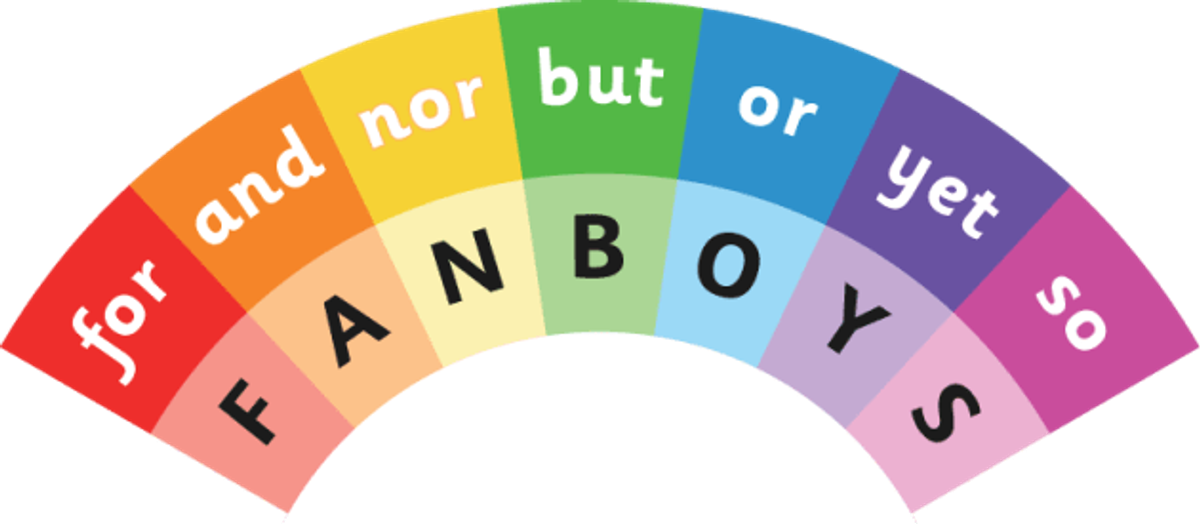Grade 3

Hello Year 3 Families,
Reading: Lately, we've been diving into the book “One Potoroo", and it's been an exciting journey of discovery and learning.
What Have We Been Doing?
- Predicting: Before we even open the book, we look at the cover and think about the title. We ask ourselves, "What might this story be about?" "Who is the main character?" and "What adventures will they go on?" Your predictions have been so creative and thoughtful!
- Visualizing: As we read, we use our imaginations to picture the scenes in our minds. When the story describes a beautiful forest or a curious potoroo, we close our eyes and imagine what it looks like. This helps us understand the story better and makes reading even more fun!
- Asking Questions: Good readers always ask questions. We ask things like, "Why did the potoroo do that?" "What will happen next?" and "How is the potoroo feeling?" Asking questions helps us think deeply about the story and understand it in a better way.”
Writing : We have some fantastic news to share with you! You've all been working so hard on using FANBOYS conjunctions to write amazing compound sentences, and it's time to celebrate your progress.
What are FANBOYS Conjunctions? FANBOYS is a special word that helps us remember seven very important conjunctions. These words are: For, And, Nor, But, Or, Yet, So. We use these words to connect ideas and make our sentences more interesting.Here’s How You’ve Been Using Them!
- For: I went to the park, for I wanted to play on the swings.
- And: I like apples, and I like bananas.
- Nor: She doesn’t like carrots, nor does she like peas.
- But: He wanted to go outside, but it started to rain.
- Or: We can go to the zoo, or we can visit the aquarium.
- Yet: I was tired, yet I finished my homework.
- So: She studied hard, so she did well on the test.
Maths :
We are excited to share the fantastic progress our Grade 3 students have made in their mathematics journey. Over the past few weeks, the class has been diving into the world of multiplication and exploring the concept of chance through fun experiments. Here’s a peek into what we’ve been learning and doing:
Multiplication Arrays Our students have been learning how to use arrays to understand multiplication. Arrays are a fantastic way to visualize multiplication problems. By arranging objects in rows and columns, students can easily see how multiplication works. For example, to solve 3 x 4, we create an array with 3 rows and 4 columns. This helps students see that 3 x 4 is the same as adding 4 three times.
Flipping a Coin To introduce the concept of chance, we conducted some fun experiments. We started with flipping a coin, which has two possible outcomes: heads or tails. Students took turns flipping coins and recording the results. This activity helped them understand that each flip is an independent event with a 50% chance of landing on heads and a 50% chance of landing on tails.
Rolling a Dice Next, we moved on to rolling a dice, which has six possible outcomes (numbers 1 through 6). Students rolled dice multiple times and recorded the outcomes. This experiment helped them see that each number has an equal chance of appearing, and they enjoyed predicting which number might come up next.


